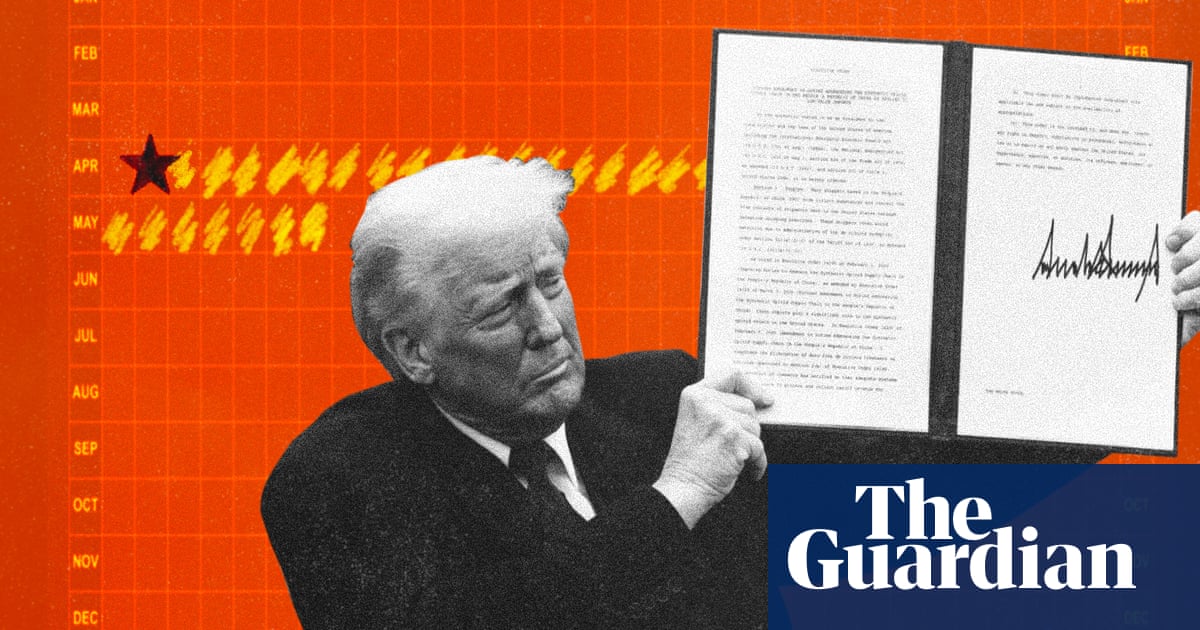
"First came the questions. How exactly did the Trump administration come up with such an array of specific duties to impose upon goods from so many countries and territories?"
"The measures were blunt and severe: a blanket 10% tariff on all imported goods, and higher individualized rates, of up to 50%, on dozens of markets deemed to have treated the US poorly on trade."
"Global stock markets tanked, with Wall Street enduring its steepest falls since the onset of the Covid-19 pandemic five years ago."
"The announcement today is the most significant action on global trade policy that has taken place in our lifetimes, said Stephen Miller, his deputy chief of staff for policy."
On April 2, 2025, Donald Trump announced sweeping tariffs, branding the day as 'liberation day' for the US economy. These measures included a 10% levy on all imported goods and up to 50% on specific markets perceived as unfair. This aggressive approach marked a significant escalation in trade policy, leading to immediate repercussions including a sharp decline in stock markets. The administration's rationale behind such drastic tariffs raised questions, particularly concerning the specifics of targeted nations. The market response highlighted the potential volatility introduced by Trump's renewed trade stance.
Read at www.theguardian.com
Unable to calculate read time
Collection
[
|
...
]